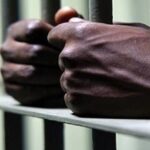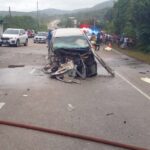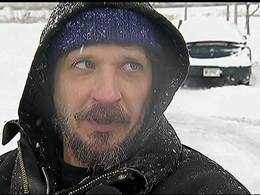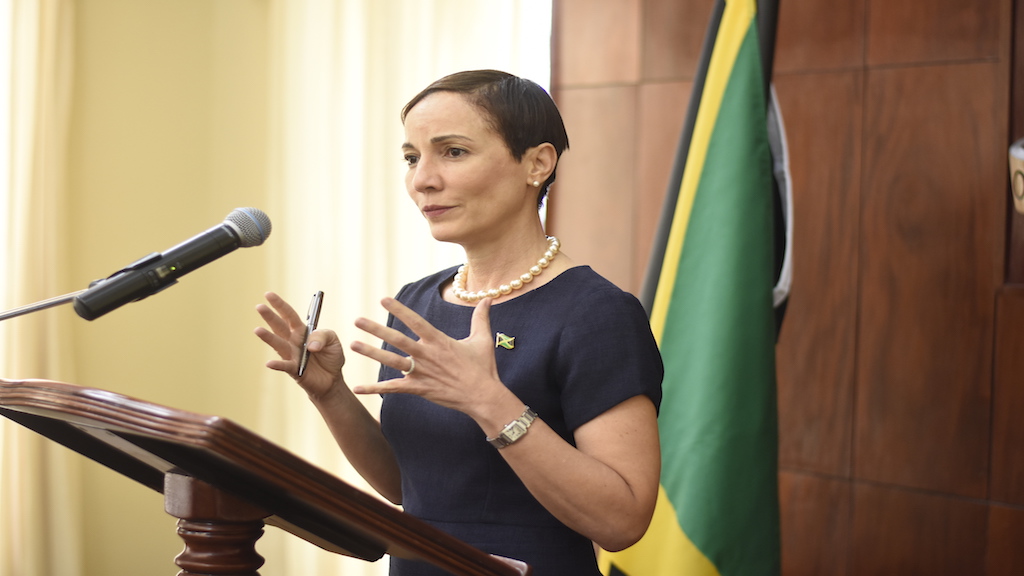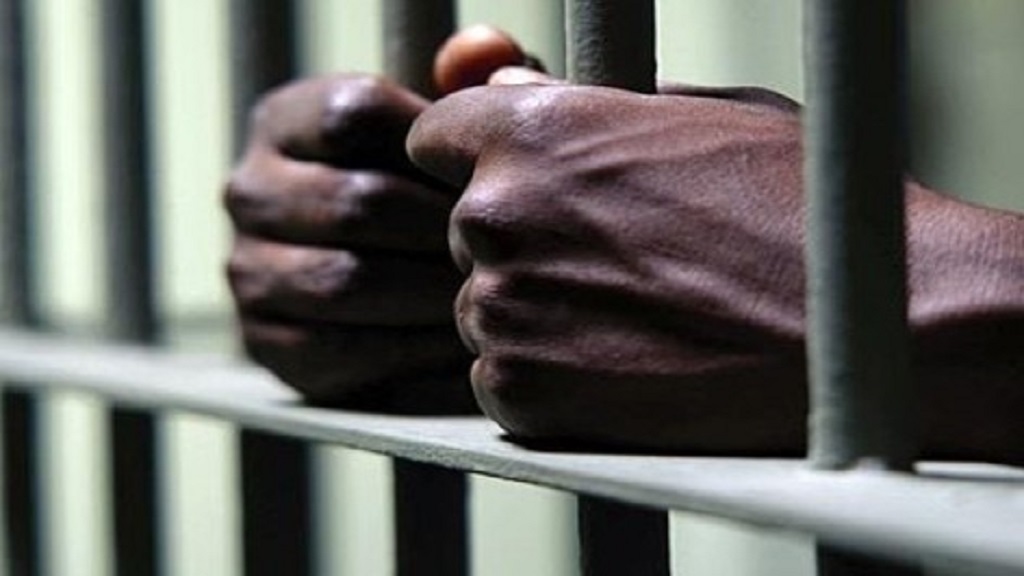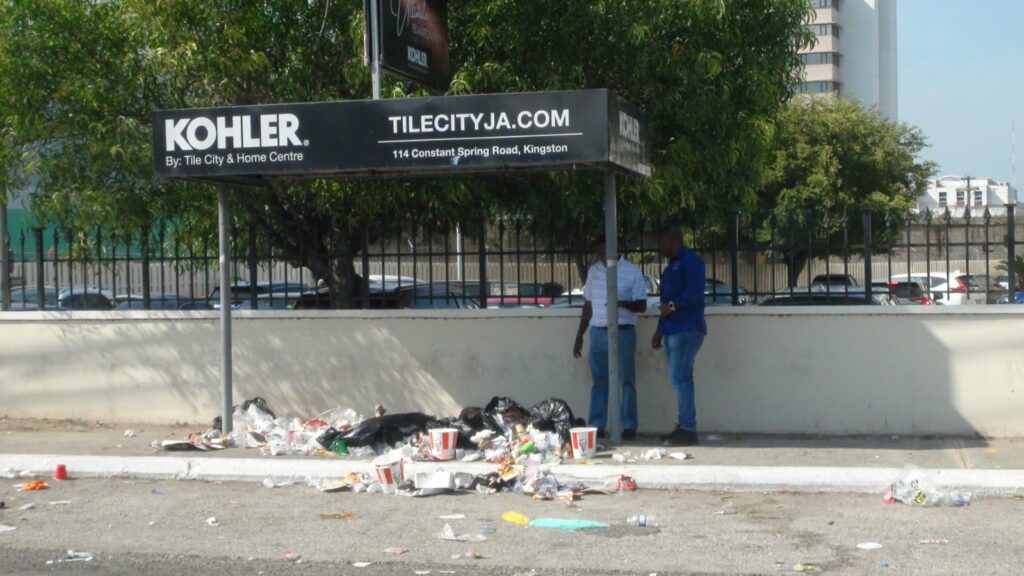The massive winter storm continuing to dump snow across the Northeast and ushering in dangerously cold temperatures has turned deadly.
Visit NBCNews.com for breaking news, world news, and news about the economy
The treacherous conditions have led to at least nine deaths in the eastern United States, according to The Associated Press.
Fatal traffic accidents occurred in Michigan, Kentucky, Indiana and Illinois. Authorities said a woman suffering from Alzheimer’s disease froze to death after she wandered away from her rural western New York home.
And in suburban Philadelphia, as the storm approached, a worker at a salt storage facility was killed when a 100-foot-tall pile of road salt fell and crushed him. Falls Township, Pa., police said the man was trapped while operating a backhoe. There was no word on what may have caused the accident.
The big storm followed closely the blueprint meteorologists drew up, slamming the Northeast overnight with as much as two feet of snow and bringing sub-zero wind chills with it. The biting wind and blowing snow shut down interstates and airports alike and gave millions of school children a snow day.
John F. Kennedy Airport in New York was officially closed at 6:12 a.m. Friday and reopened four hours later, while Boston’s Logan International remained effectively shut down, as well.
Interstate 84 in New York and the Long Island Expressway, closed at midnight as the storm roared in, remained so until 8 a.m.
Snowfall reports varied widely, with New York City receiving 7 inches, Baltimore some 3 to 6 inches, Philadelphia close to 9 inches, Hartford 6 to 10 inches and Boston as much as 14 inches.
Some 20 inches have already fallen on other parts of Massachusetts, according to The Weather Channel lead meteorologist Michael Palmer. Boxford, Mass., northwest of Boston, reported 24 inches.
Schools across the Northeast, including all public schools in New York City, were closed Friday.
Winter weather and wind-chill advisories were in effect in at least 22 states, stretching from Chicago through the New York tri-state region into New England and affecting an area home to more than 100 million people.
NBC’s Kristen Dahlgren reports from Long Island, NY, where a blizzard warning is still in effect and many public buildings have shut down.
The cold behind the snowstorm will leave the Midwest expecting lows not seen since the mid-1980s, according to Palmer.
“It’s going to be brutal,” warned Weather Channel coordinating meteorologist Tom Moore. “People that are vulnerable are really going to be hurting.”
The high temperature in New York City will be in the teens on Friday during the day and drop to between 5 and 8 degrees in the evening, with the wind chill making it feel well below zero.
“It’s deceptively cold outside, if you stay outside too long it could be dangerous,” New York Mayor Bill de Blasio said at a news conference Friday morning.
Massachusetts Gov. Deval Patrick dismissed all state workers at 3 p.m. on Thursday, and urged residents to minimize time outside and be aware of frostbite and hypothermia symptoms. “That is a very, very dangerous set of circumstances,” he said.
Temperatures from upstate New York to Maine were below zero, and wind chills — the “feels like” effect — were minus-30 in some spots.
Across the Northeast, residents were fretting about the blast of bitter cold.
“I think I’m more concerned about the terrible cold Friday night rather than the storm itself,” David Ball of Scituate, Mass., which was facing coastal flooding, told NBC affiliate WHDH. “Hopefully the power stays on.”
The weather was affecting air travel, with more than 2,060 flights being cancelled Friday on top of about 2,000 on Thursday, according to flight tracking website FlightAware.
Southwest Airlines and AirTran Airways said they were canceling flights at Chicago’s Midway International Airport until at least noon CT Friday (1 p.m. ET).
The delays and cancellations in storm-socked parts of the country created a logjam in other areas, including causing dozens of flights in Los Angeles to be delayed or scrapped Thursday and Friday.
The first brutal blast of cold, meanwhile, shattered records in Minnesota on Thursday — and a second blast is expected to barrel from the Great Plains and Midwest on Sunday and Monday and into the East on Tuesday.
The second wave of icy weather will stretch from the upper Midwest to Kentucky and Tennessee, forecasters said.
Chicago will struggle to get above minus 8 and by Monday morning the wind will make it feel like it’s 40 below zero there.
In Green Bay, Wis., where the Packers host an NFL playoff game Sunday evening, the low temperature on Friday reached minus 18 degrees. Antigo, Wis., set a bone-chilling record of minus 25 Friday.
NBC’s Tom Costello provides a winter travel update, and reports that hundreds of flights have been canceled after a winter storm struck the East Coast.
“Even Atlanta’s northern suburbs could be in single digits by Monday night,” Moore said.
Larry Wittmers, a hypothermia expert at the University of Minnesota-Duluth medical school, said it’s not necessarily the coldest areas that face the most peril.
“True hypothermia cases turn up more often in more southern regions because people are not prepared and don’t know what to do,” Wittmers said.
How long people can safely spend outside depends on how wet or windy it is and how they are dressed, Wittmer said. Shoveling snow or other exercise can be dangerous because sweat reduces the insulation capability of clothing, and consuming alcohol can speed heat loss and reduce awareness of the cold.
And even though record snowfall is not expected, the cold could make roads even more hazardous because the snow-melting salt that homeowners and road crews use loses effectiveness at between 10 and 20 degrees.
To give plows time to work and guard against vehicles getting stranded, New York Gov. Andrew Cuomo declared a state of emergency and closed several major roads. New Jersey also declared a state of emergency.
While many drivers appeared to stay home, helping to reduce traffic accidents, a NJ Transit bus driver suffered minor injuries when his empty bus slid backward into a commercial building in Paterson, N.J. A transit spokesman wasn’t aware of any injuries inside the building.
Cuomo cautioned drivers in New York to stay off the roads if they can help it.
“As this winter storm unfolds, bringing heavy snow and high winds to many parts of the state, I strongly urge all New Yorkers to exercise caution, avoid travel and stay indoors,” he said.


